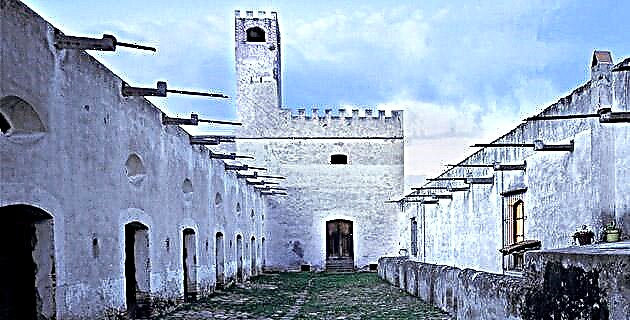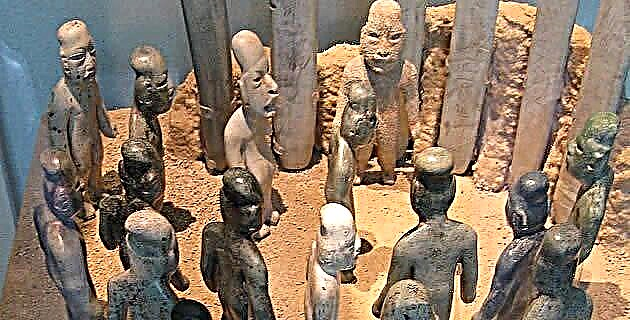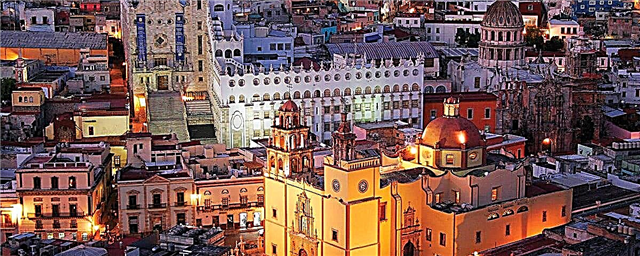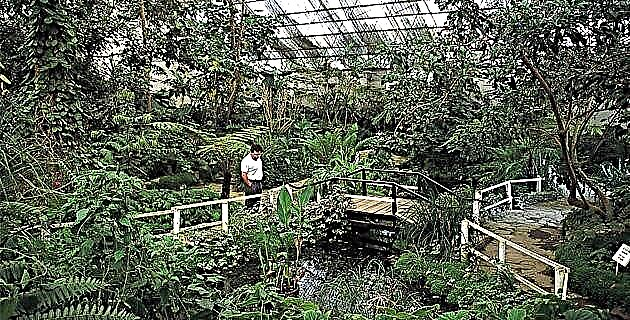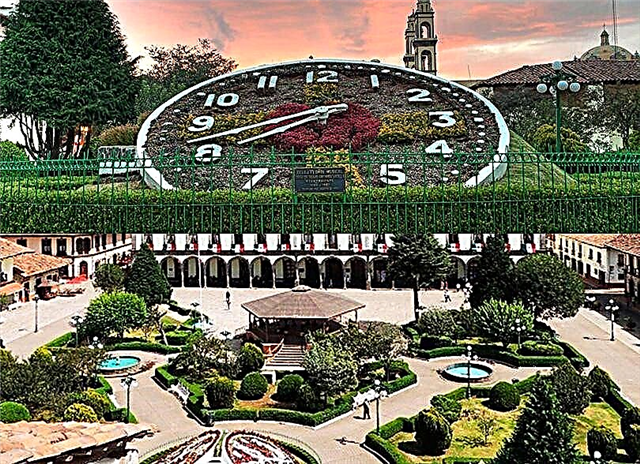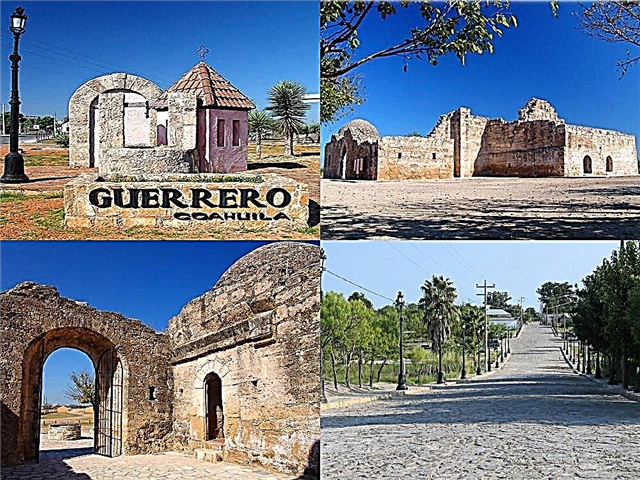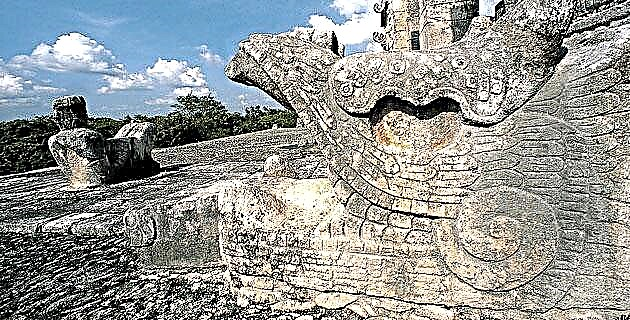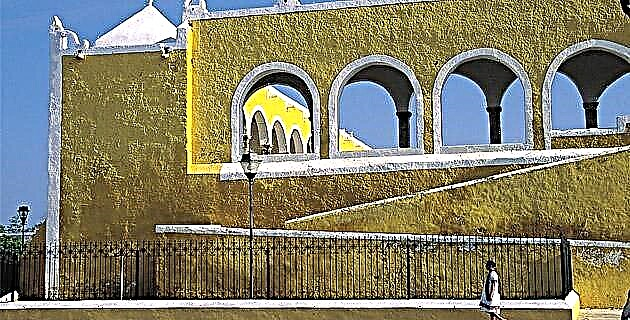
As in all of America, these ancient cities gave the best of their ashlars (worked stones) for the birth of the new world, but this new culture is not going to take advantage of their forms.
Man has always competed even with himself, to overcome his house and his temples. Now the challenge of the defeated man overwhelms him in monumentality and finesse, he will be sought. flaunt your technique.
The people who admired the sanctuary of the grotto will be given the construction challenge of the interior space in one or more ships that with the presence of the arch multiplies the sacred shelter of the conquering god. Viceregal art in Yucatan is as vast as it is unknown, as expressive as all that is born from the strong impact of the opposite. Viceregal art in Yucatan is different because its authors and its history are different.
The buildings will not change their uses like the mosques Christianized by the Catholic Monarchs. Here the buildings were dismantled to take advantage of the most material of their essence: the stones. With these, houses, convents and temples were built on the indigenous platforms. A new art was born, a new spirit that flowed from a new culture although in other horizons, as ancient as life itself.
The conquest of Yucatán did not end in 1544 with the three Montejos and the foundations of Campeche, Mérida and Bacalar, but in any case in 1901 with the taking of Chan Santa Cruz by General Bravo that would end the Caste war. Peninsular evangelization will also write a very peculiar chapter in the American conversion. Like the clergy of the courtly expedition, Fathers Juan Rodríguez de Caraveo, Pedro Hernández and Gregorio de San Martín, were nothing but military chaplains without leaving a major mark on the apostolic work with the neophytes.
Fray Jacobo de Tastera in 1537 and his great collaborators Fray Luis de Villalpando and Fray Lorenzo de Bienvenida, will be the ones who will draw up the missionary penetration strategy accompanied by indigenous people from Mexico and Michoacán. His action was fruitful in Campeche, succeeding in moving to Mérida and expanding missionary action to the entire peninsula. Their philosophy must have been based on militarism, as denoted by the decorative militaristic presence made in the construction of most of the Yucatecan convents that allude to the earthly Jerusalem, which is a copy of the heavenly one, and signifies the fight against the enemies of the soul ( demon, world and flesh).
Salvation achieved in the ephemeral space of the end of the millennium, it does not matter that heads fall and acts of faith, such as that of Maní, carried out by the jealous guardian of the Indians, Fray Diego de Landa. Apostolic experimentation begins in Mexico and continues in Yucatán with open and posh chapels, to which are added tree-lined in front of them to support the attendees in the inclement sun that calcines the calcareous soil.
The number of open chapels erected in the peninsula is imponderable, and during the 17th century they will be used as apses in new constructions. The cattails will crown the facades, repeating the challenging filigree of the Mayan crests. There will only be towers, as in the rest of New Spain, in the challenging presence of secularization, when parishes appear in their cathedral derivation.
The formal expression hardly respects chronologies in Yucatan, the constructive sobriety is only decorated by scant reliefs that hardly mark the passage of the Baroque and the archaic forms of the 16th century are repeated in the 18th. Its construction is sincere and integrated in materials and volume to the region, that is why it achieved beauty and originality.

